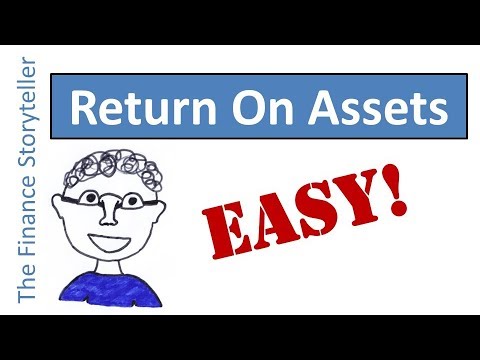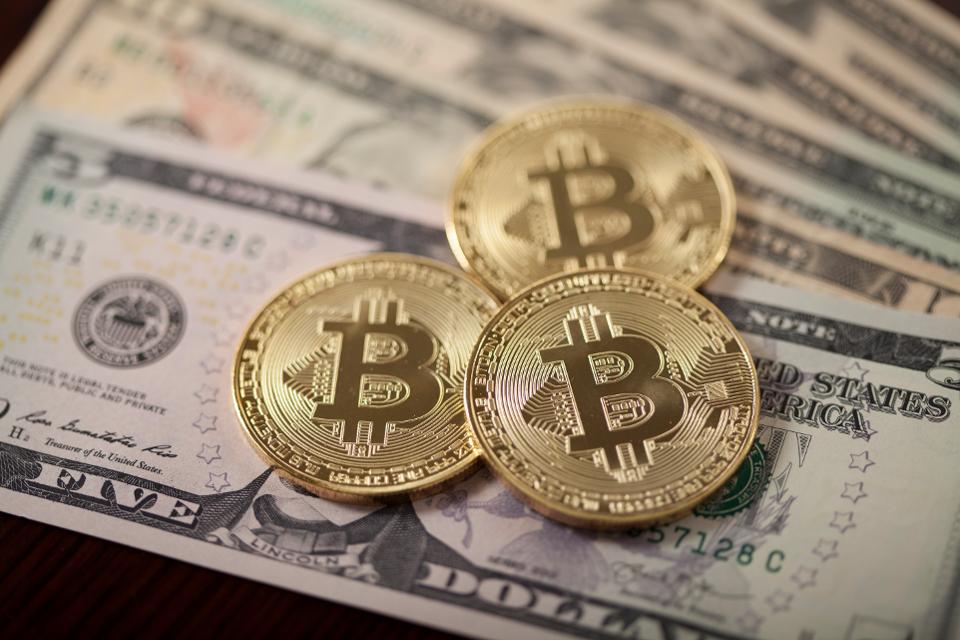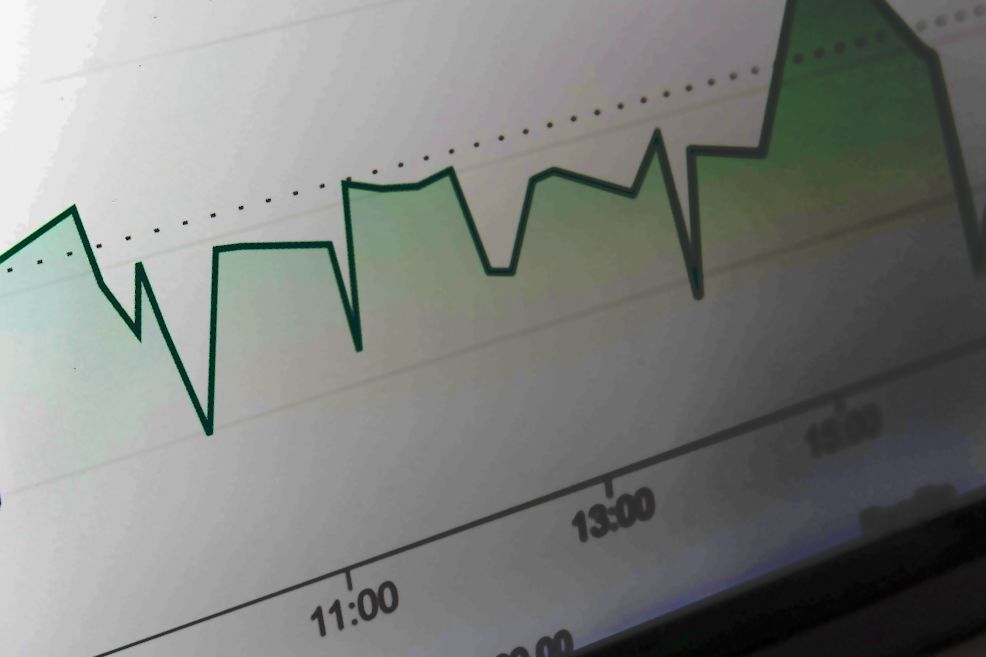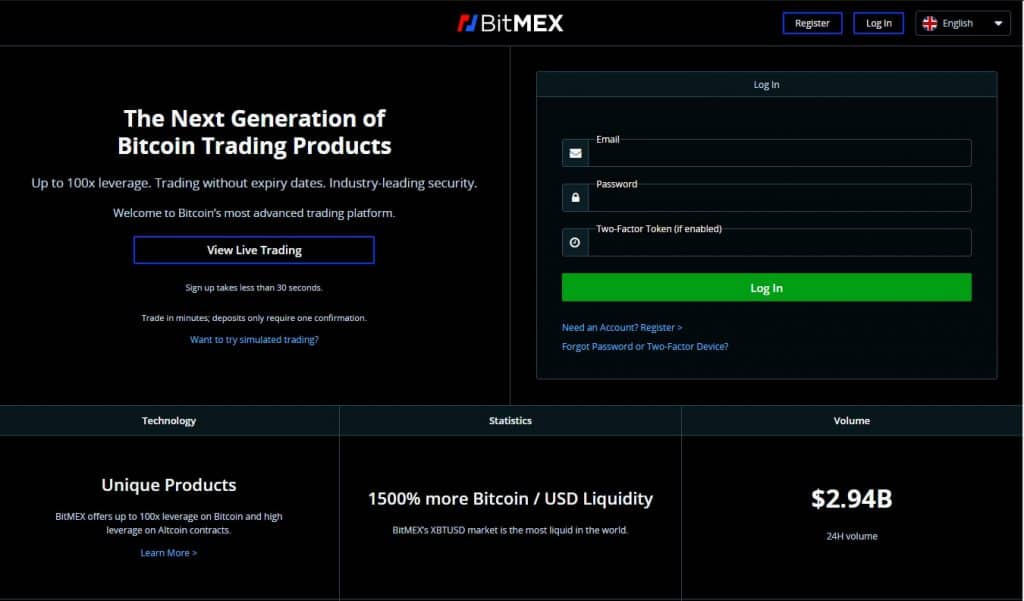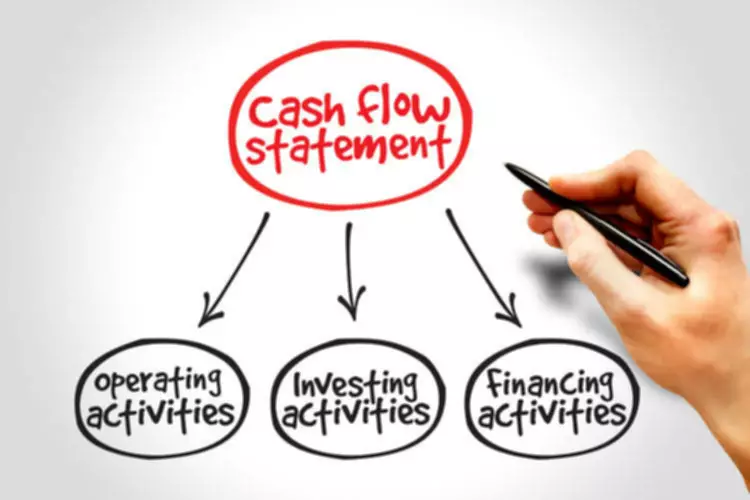Contents
It is the practice to prevent the economy from overheating and the upward spiraling of inflation in times of expansion. In the Technical Analysis Of Stocks And Trends Definition equation, all rates provided are seen as a composite. The Fisher Effect is known as the International Fisher Effect in currency markets. The International Fisher Effect is an exchange-rate concept developed in the 1930s by Irving Fisher. She teaches economics at Harvard and serves as a subject-matter expert for media outlets including Reuters, BBC, and Slate. The multiplier effect measures the impact that a change in investment will have on final economic output.

That is, under a consumption tax, taxes do not distort business investment decisions; investment decisions are based solely on non-tax fundamentals. Because US tax policy currently increases the user cost, the switch to the consumption tax lowers the user cost and increases investment. Therefore, inflation increases as the real interest rates fall unless there is an increase in the nominal interest rates at the same rate as inflation. The Fisher Effect illustrates the link between real interest rates, nominal interest rates and inflation.
How to Calculate the Fisher Effect
Another situation where this relationship breaks down is the Liquidity Trap. In this scenario, the conditions of the economy are so poor that consumers and businesses would rather save their money, even if they are losing some of it in real terms. Capital markets, and the lack of control on the currency for trade purposes. The Fisher equation is often used in situations where investors or lenders ask for an additional reward to compensate for losses in purchasing power due to high inflation.
- The Fisher effect is an essential tool for lenders to use in determining whether or not they’re earning money on a loan.
- Unlike the nominal interest rate, the real interest rate considers purchasing power in the equation.
- The ITC lowers the current user cost both through its effect on the price of purchasing a machine today and through the consequences of its removal tomorrow.
- The facts mentioned above are entirely opposite of the mechanism in the monetary policy section.
Moreover, the short- and long-term responses are immediate which supports market efficiency. The infamous “Fisher effect” postulated by Fisher suggests that the market interest rate comprises the real interest rate and the expected rate of inflation. Notice for example how interest rates and inflation rates were low in the 1960s, but as inflation increased so did interest rates. Interest rates reached a peak of almost 20% when inflation hit 15% per year.
Monetary Policy
The inverted hammer candle has been extended to the analysis of the money supply and the trading of international currencies. You may get excited if you’re able to invest your cash and get a nominal interest rate of 15%. However, if there is a 20% inflation within the same time period, you will notice that you have lost 5% buying power.
In the first regime, nominal bond returns show negative correlation coefficients with inflation up to −0.7 at all horizons, whereas ILB coefficients become positive for horizons greater than five years. In the second regime, both types of bonds show positive coefficients for horizons around eight to ten years. The study is complemented by an analysis of shortfall probabilities according to which nominal bonds performed well with a probability of not achieving the inflation target of 7% and 0% at 30-year horizons. This performance may be explained by the significant fall in the inflation risk premium due to persistent disinflation. It is frequently used to calculate the returns on investments or to predict the behavior of nominal interest rates and real interest rates. The Fisher Equation is a concept in macroeconomics that defines the relationship between nominal interest rates and real interest rates under the effect of inflation.
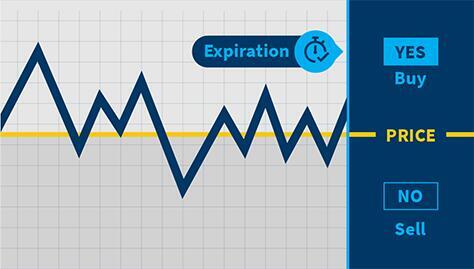
This economic theory is used in making decisions about money supply by the government or the central banks. Most economists would agree that the inflation rate helps to explain some differences between real and nominal interest rates, though not to the extent that the OANDA Forex Broker Review suggests. Research by the National Bureau of Economic Research indicates that very little correlation exists between interest rates and inflation in the way Fisher described.
Since Fisher identified the link between the real and nominal interest rates, the notion has been used in a variety of areas. If the real interest rate isn’t affected, then all changes in inflation must be reflected in the nominal interest rate, which is exactly what the Fisher effect claims. Nominal interest rates reflect the financial return an individual gets when they deposit money.
Nominal interest rates represent financial returns that a person receives when they deposit money. A nominal interest rate of 5% per year, for example, suggests that an individual will get an extra 5% of his money that he has in the bank. In contrast to the nominal rate, the real rate takes buying power into account. The Fisher Effect refers to the relationship between nominal interest rates, real interest rates, and inflation expectations. The relationship was first described by American economist Irving Fisher in 1930. In this light, it may be assumed that a change in the money supply will not affect the real interest rate as the real interest rate is the result of inflation and the nominal rate.
Fisher Effect – Explained
Using the example above, by the following year, the money in the bank will be able to buy 6% more commodities than if it was withdrawn and spent the previous year. The only connection between the real and nominal interest rates is the inflation rate which changes the quantity of commodity that can be bought by a given amount of money. The Fisher Effect is a theory describing the relationship between both real and nominal interest rates, and inflation. The theory states that the nominal rate will adjust to reflect the changes in the inflation rate in order for products and lending avenues to remain competitive. It is a theory that is sometimes applied to currency pairs in order to profit from price discrepancies through a trading style called arbitrage.
This effect, in turn, leads to an increase in the value of the currency when compared to other economies with higher interest rates. In a nutshell, a country with high interest rates is likely to experience depreciation in the value of its currency. In the Fisher Effect equation, the real interest rate goes down as inflation increases keeping the nominal interest rate constant. What if firms do not know the exact timing of changes in investment incentives – that is, if tax policy is uncertain? In their calculations, the incremental effect of each additional percentage-point reduction in inflation is approximately the same. Thus, if the annual inflation rate were reduced from four percent to zero, the user cost of capital would decline about two percentage points – proportionally by about ten percent.

If they know that the currency of a specific country is about to appreciate, then they get ready to open long . At the time of its conceptualization by Irving, all the predictive indicators in existence were purely based on interest rates. For some financial sectors, such a forecast in insignificant and unusable.
Causes of Inflation
Mitrade provides execution only service, acting as principle at all times. Mitrade does not issue, buy or sell any cryptocurrencies nor is it a cryptocurrency exchange. For one, they need to charge a rate that is more than the inflation rate of their economy; otherwise, the loans would not give them any profits.
To better appreciate the underlying returns produced by an investment over time, it’s necessary to grasp the differences between nominal interest and real interest. Since you’re wanting to figure out the real rate and not the nominal rate, the equation has to be rearranged a bit. The Fisher equation is usually utilized when investors or lenders request an extra pay to compensate for purchasing power losses due to rising inflation. Hence, there is a shortfall of $1 when the business needs to make the purchase.
What is the Fisher Equation?
When the predicted future inflation rate is 10%, the demand and supply for loanable funds are D10 and S10. The 10% jump as shown in the figure above brings up accentforex review the equilibrium rate from 5% to 15%. Suppose that the nominal interest rate in an economy is eight percent per year but inflation is three percent per year.
Most studies about this effect study the relationship between the risk-free rate and inflation. There was no existence of this effect in the stock market returns from their study. To be precise, they studied the relationship between returns from stock markets and inflation. There are mixed results regarding the IFE, and it shows that the other factors also influence movements in currency exchange rates.

